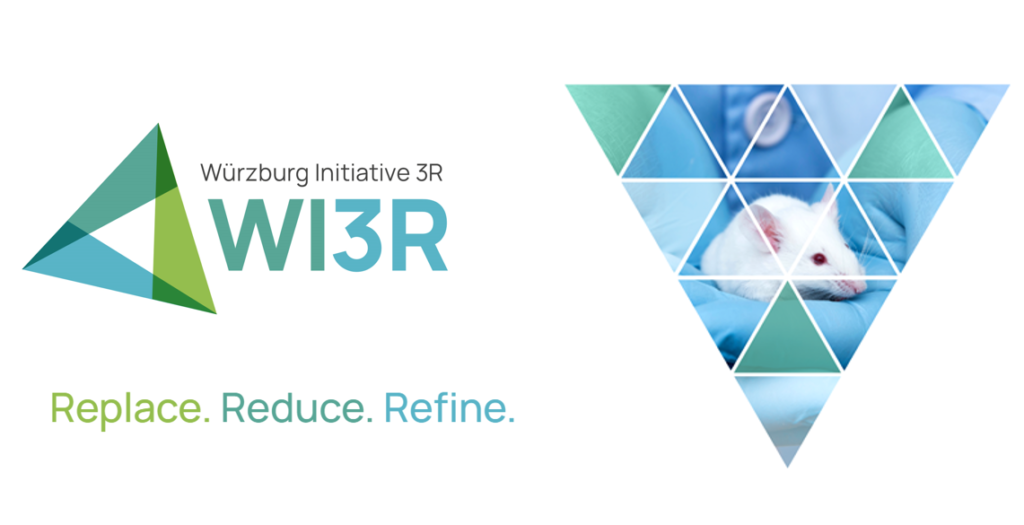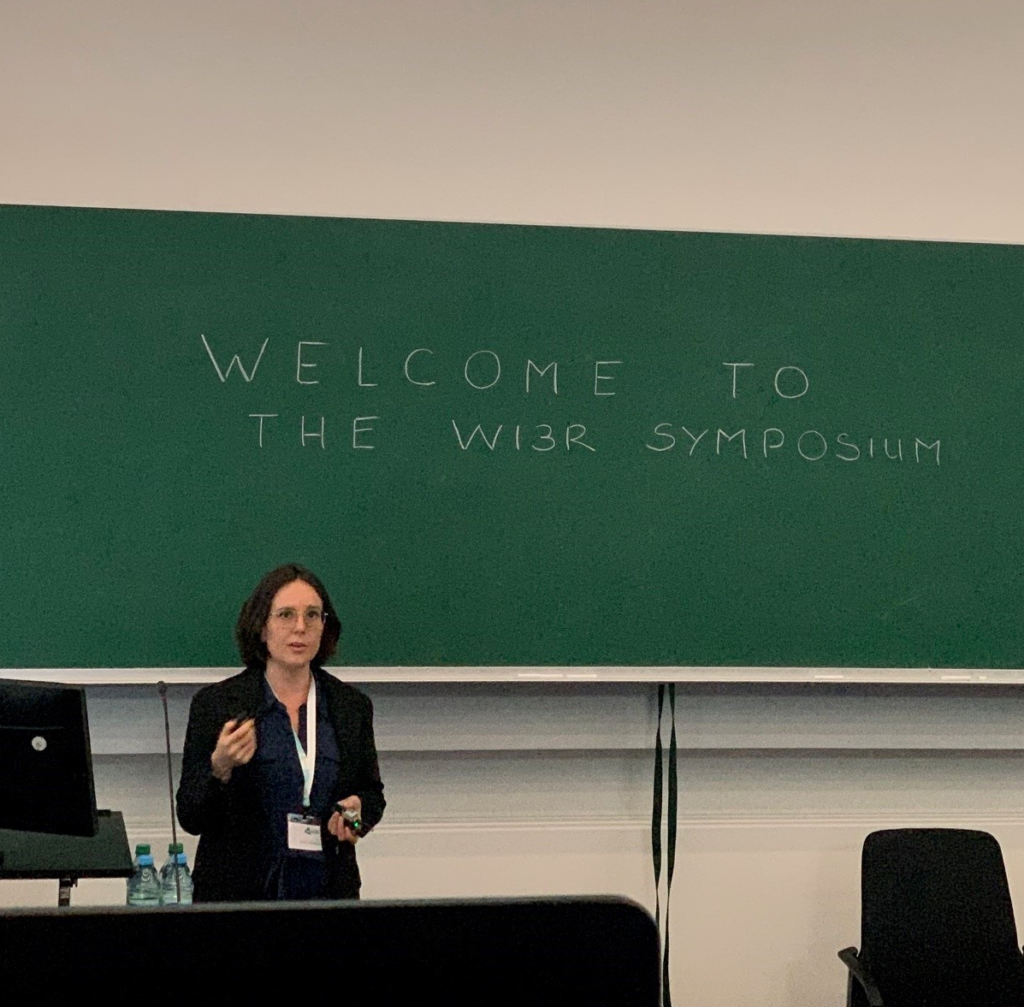The Würzburg Initiative 3R celebrated its first International Conference to provide a broad communication platform to enable exchange about “3R” among researchers from the diverse sectors related with animal experimentation. It represented an effort to improve the welfare of animals in research, and Brigitte Angres and Louise Breideband were there to talk about the 3D bioprinting technology from B-BRIGHTER.

Despite their indispensability in research, animal experiments should be kept to a necessary minimum or better avoided altogether. The ethical 3Rs principle – Replace, Reduce and Refine – serves as a guideline to limit the number of experiments as well as to reduce animal suffering to an indispensable level.
The Würzburg Initiative 3R (WI3R) bundles the Bavarian activities in the field of 3R from science, regulatory authorities, and industry and networks with existing 3R centers in Germany, Europe and worldwide. In addition to the quality-assured provision of alternatives to animal experiments, the research network is also active in the field of science communication and education.
The aim of the 1st International Conference of the Würzburg Initiative 3R (WI3R) was to offer a comprehensive communication platform for a multidisciplinary community, facilitating exchange among researchers in the field of 3R research. Also, they intended to identify synergies and foster new research ideas and collaborations, focused on promoting research to develop and validate 3Rs methods to replace, reduce and refine animal tests.
From 5 to 7 June, almost 200 participants converged in Würzburg, Germany, to discuss about, among other subjects, biofabrication and 3D printing, human iPSC and organoids, emerging technologies, new approach methods, disease modeling, and regulatory acceptance. The scientific program was composed of 20 lectures and 80 posters, with researchers from all areas in the life sciences, which rely on the use of experimental animals, including pharmaceutical, cosmetics, and chemical industry, regulatory and basic sciences.

Louise Breideband from GUF presented a talk titled “Laser patterning bioprinting using a light sheet-based system equipped with light sheet imaging produces long-term viable full-thickness skin constructs”. She introduced to the audience the new B-BRIGHTER 3D bioprinter that combines live imaging of the bioprinted tissue with high resolution and high-speed capabilities.
In her talk, she highlighted that this novel light-based bioprinting technique enables fast and high-resolution biofabrication, coupled with the possibility to image cells and hydrogel before, during, and after the bioprinting procedure with light sheet fluorescence imaging. At the end of the presentation, she pointed out that producing physiologically relevant tissues helps reduce the need for animal testing in the drug discovery process, aiming ultimately to replace them
Brigitte Angres from Cellendes, on her side, presented a poster titled “Biomimetic thiol-norbornene functionalized hydrogels for photolithographic bioprinting and tissue fabrication”. Brigitte centered her participation on explaining the extent to which hydrogels are well suited for the development of tissue models to replace animal experiments.
She presented the highly versatile and controllable light-inducible biomimetic hydrogel system devoid of animal components based on the thiol-ene chemistry, developed in the frame of the project. Brigitte also underlined that this hydrogel is well applicable in bioprinting devices and microphysiological systems to yield highly diversified microarchitectures for complex tissue model fabrications.
In Brigitte’s words: “It was a very interesting meeting, exploring possibilities to apply our hydrogels for the 3R approach”.

The event was organized by the Fraunhofer, supported by some funded research clusters from the German Research Foundation (DFG) focused on i) developing new cell-based tissue models and test systems, scalable manufacture processes, prototypes and biological vascularized implants; ii) exploring the fundamentals of biofabrication and its systematic exploitation with the aim to generate functional human tissue models and iii) development of human 3D tissue models for infection research aiming to identify molecular mechanisms within the host that control the course of infectious diseases.
The conference stimulated excellent scientific discussions about novel approach methodologies as complemental or alternative methods to animal testing and experimentation, with a view to validate 3Rs methods to replace, reduce and refine animal tests. It was certainly a great scenario for creating new collaborations for B-BRIGHTER project!
